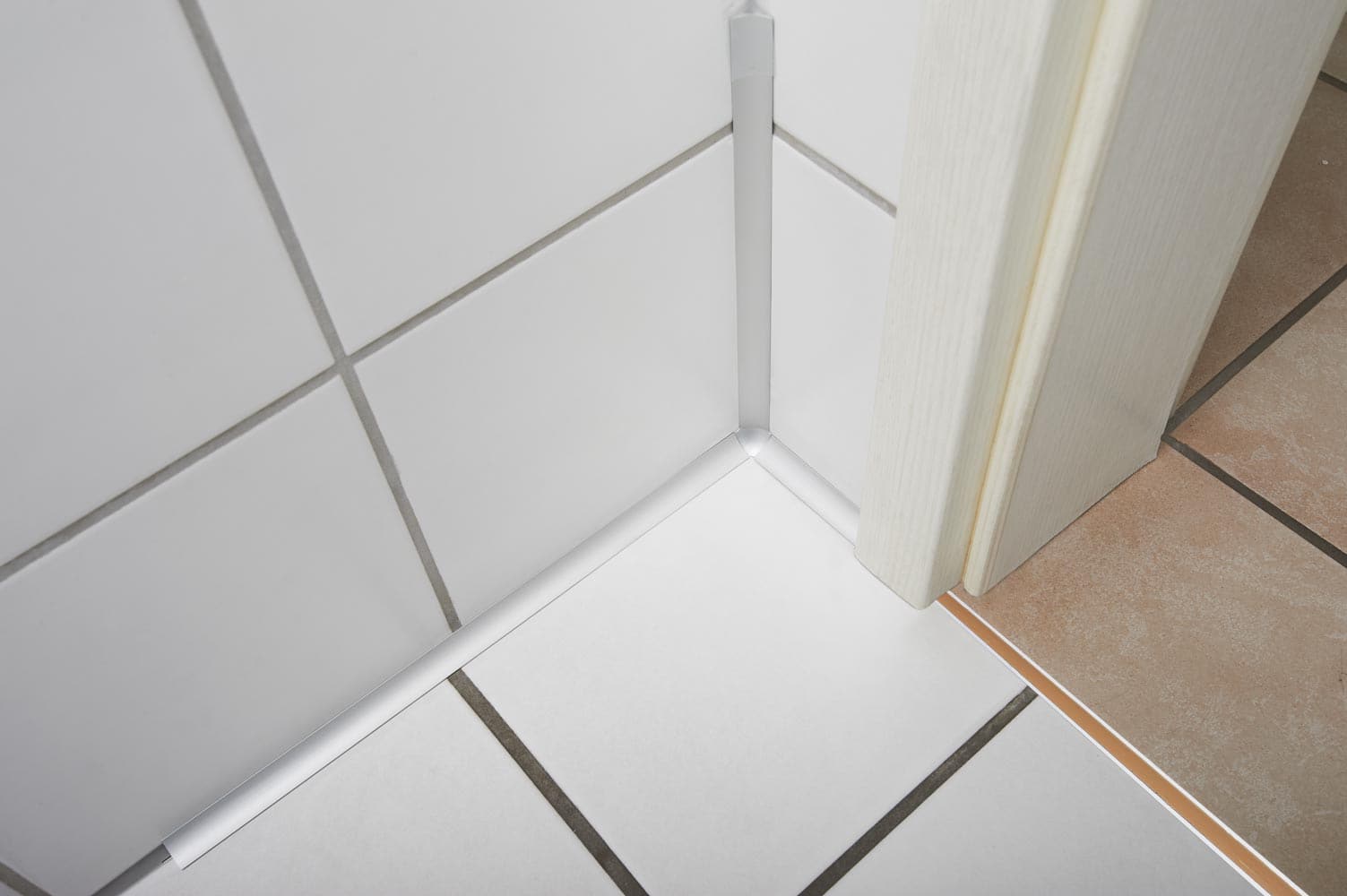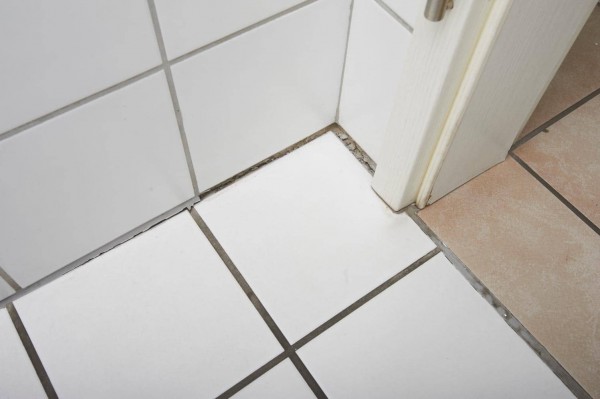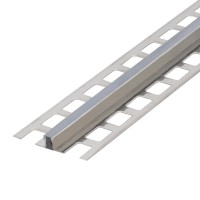What are joints anyway?
As a rule, joints serve to equalize tensions in tiles and prevent cracks. This is done with an intended space between, for example, two tiles. There are a variety of types of joints, which makes a lot of sense, because tiles are not only laid to tiles, but can also be adjacent to other materials.
With tiles, elastic movement joints in the edge areas are a must. These edge joints in the transition from floor to wall are often filled with silicone. Expansion joints are another type of joint. These serve to equalize stress by absorbing the movements of the floor, thereby preventing stress cracks on tiles.
Another alternative that we can offer you in our store are skirting boards. Skirting boards can achieve a perfect visual transition from wall to floor and cover up messy joints.
Tile joints are exposed to high loads. Due to lime, soap residues, mold spores, moisture and human stress, the joints are attacked and disrupt the overall appearance of the room. Whether it's a kitchen, bathroom or hallway, tile grout is always found throughout your home. If the grout lines are getting on in years, they will turn gray and mold can form due to moisture. In the worst case, the grout lines begin to loosen and holes appear between the tiles.
With proper care, however, such problems can be avoided. It is important that joints are properly cleaned at certain intervals.
Refresh silicone joints
Especially joints made of silicone can be seen after a few years that they are no longer new. If they were not well maintained, joints can crumble and break. If you want to get a nice look of the tile joint again, you can cut out the old silicone joint with a joint knife. As a further cut you need a silicone remover, with which the sealing remains are painted. After a short reaction time, the loosened residues can simply be wiped off and after you have thoroughly cleaned the joint with water, you can simply grout it again with silicone.
Alternative for silicone?
 Repair old silicone joint
Repair old silicone jointSilicone, as an elastic material, is preferred by craftsmen for tiling. Why? Joints made of silicone have, for example, easy processing, lower cost and a wide range of colors to choose from.
But as indicated above, silicone joints have some disadvantages. Relatively durable and resilient, they are not. After a while, cracks can appear, where dirt, mold and bacteria settle and give the joints an unclean look. The only solution is to have the silicone joints renewed.
The alternative to silicone and cement is the tile profile. In our online store, we offer you different variants of profiles that cover up bad-looking silicone joints or replace them completely. For example, our high-quality connection profiles, expansion joint profiles or skirting boards.
The connection profile
 Connection profile conceals silicone joint
Connection profile conceals silicone jointYou want to achieve a beautiful transition between wall and floor? Your silicone joint is yellowed, torn and simply no longer beautiful? Then we recommend our connection profiles made of high quality aluminum. The surface of aluminum profiles is very smooth, so it is difficult for mold spores and microorganisms to settle. If they do, you can simply wipe the surface thoroughly and no residue will remain on the material.
To achieve the best result, they should be installed in conjunction with the appropriate internal and external corners.
The expansion joint profile
Another advantage of the tile profile over silicone joints is its durability. If there is movement in the substrate or flooring, silicone joints, tile profiles do not crack. They withstand and also compensate for the tensions in the floor. So does the expansion joint profile. The profile absorbs the movements of the floor and thus also prevents tension cracks on tiles. You should choose this rail if there are different substrates on which the new floor will be set.
We offer the movement profiles made of aluminum and stainless steel. You have a wide choice of different designs and heights in our online store.
The skirting board
The task of a baseboard? To create a perfect transition between wall and floor. Through the skirting, dirt and grime can no longer collect in the gaps / joints and thus remains a visually beautiful transition for a long time.
In our online store you will find skirting boards made of aluminum and stainless steel. You have the choice between different designs and colors.
Tile profiles better than silicone joints?!
Per
- Tile profiles are durable and resilient
- The smooth surfaces of stainless steel or aluminum profiles do not provide a target for mold, etc.
- Tile profiles have a great appearance and generally enhance the room
- Tile edges are optimally protected with profiles
- Profiles can absorb the movements of the floor and prevent cracks
- Less maintenance required
Contra
- More expensive than silicone
- More effort for processing
- Less choice of colors than silicone
Conclusion
Why is silicone still used so often? Among other things, this is due to the higher cost of tile profiles. Many craftsmen also find the processing with silicone more pleasant and recommend this method to their customers. In the long run, however, tile profiles are more worthwhile. They ensure a chic long-term look and no cracks and holes in the floor, so the craftsman does not have to come back after a few years and do hand.
Hints:
In general, the generally accepted rules of technology must be observed!
The following applies to all products/materials: The usability with regard to mechanical and chemical loads must be carefully checked in each individual case before installation. Protect material from prolonged exposure to sunlight.



